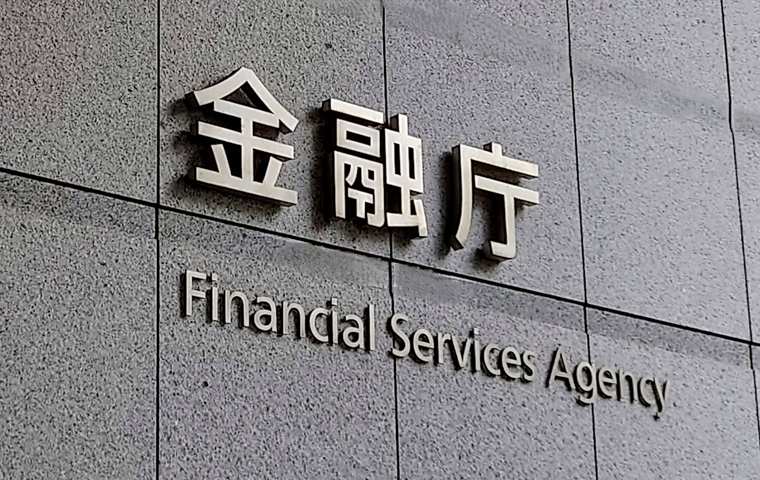BOJ Accelerates Normalization to Counter Yen Weakness
Related Articles
BOJ Fast-Tracks a Historic Shift: Concurrent Decisions on an Additional Rate Hike and Quantitative Tightening

At its Monetary Policy Meeting on July 31, 2024, the Bank of Japan took a historic step to markedly accelerate its exit from unconventional easing—i.e., “policy normalization.” The decision rests on two pillars. First, the policy rate target for the uncollateralized overnight call rate was raised from the previous “around $0 \sim 0.1\%$” to “around $0.25\%$.” This additional hike came just 134 days after negative rates were scrapped in March of the same year, signaling a pace of normalization far faster than most market participants had initially expected.
The second pillar is the BOJ’s first explicit roadmap for reducing its bloated holdings of government bonds—namely, a plan for quantitative tightening (QT). While uncertainty about the future course of policy had long weighed on markets, announcing these two measures simultaneously underscored a shift from a passive stance of merely unwinding past extraordinary policies to an active posture of clearly charting the path ahead and shaping expectations. By adjusting both the “price” (interest rates) and the “quantity” (bond purchase amounts) of monetary easing, this decision signals a return to a more traditional and predictable central-bank role. Governor Kazuo Ueda framed these steps as an “adjustment in the degree of monetary accommodation” in line with economic and price conditions, making clear that policy has entered a new phase.
Responding to Yen Weakness and Price Pressures: The Backdrop Forcing Normalization
The BOJ slammed on the normalization accelerator in response to urgent challenges: an unabatingly weak yen and the resulting upward pressure on prices. In his press conference, Governor Ueda repeatedly stressed that recent yen depreciation is pushing up import prices and posing an “upside risk” to overall domestic inflation—one of the main reasons for the policy change. This shows that exchange-rate developments now carry more weight in the BOJ’s deliberations than before. In principle, a central bank’s mission is price stability, not targeting the exchange rate per se. Yet in today’s Japan, the pass-through from a weaker yen to higher domestic prices via import costs is especially powerful, making correction of yen weakness a de facto means of achieving the paramount goal of price stability.
This move can also be read as de facto coordination with the government’s efforts to stem yen depreciation. While FX interventions by the government and BOJ tend to have only short-term effects, a central bank rate hike can deliver more lasting impact; thus this decision effectively supports the government’s anti-yen-weakness stance from the monetary side. At the same time, the BOJ judged that strong wage settlements from the spring labor talks are beginning to feed into prices, confirming a “virtuous cycle of wages and prices” and raising the likelihood of sustainably achieving the 2% stability target. Even so, concerns remain: real wages have yet to catch up with inflation, and consumption continues to look weak. The BOJ is therefore forced into a delicate balancing act—using the potent medicine of rate hikes to curb “bad inflation” driven by import prices while not snuffing out the shoots of “good inflation” rooted in domestic demand.
The QT Blueprint and Its Domestic Impact: Dialogue with Markets and Careful Helmsmanship
A focal point of this decision was the unveiling of a concrete plan for QT. As of July 2024, the BOJ indicated it would reduce monthly purchases of long-term JGBs from about ¥5.7 trillion by roughly ¥400 billion per quarter, aiming to bring them down to around ¥3 trillion per month in the January–March quarter of 2026. This plan answers market participants’ strong demand for “predictability,” and because it did not diverge materially from consensus, market reactions were broadly calm after the announcement.
The plan showcases the BOJ’s communication finesse. By laying out a clear path through early 2026, it seeks to dispel short-term uncertainty and prevent rate volatility. Yet Governor Ueda kept the ultimate end-point of purchases deliberately vague, saying only that the BOJ will “consider it while watching the moves of overseas central banks.” The roadmap also includes a mid-course review in June 2025 and “safety valves,” such as flexibly increasing purchases if long-term yields spike—evidence of the BOJ’s priority on market stability. In effect, this is a strategy of “constrained transparency”: giving enough clarity to reassure markets in the near term while preserving longer-term flexibility to respond to changing conditions.
That said, fewer BOJ purchases mean private financial institutions must absorb more JGB supply. With consumption still lackluster, a rise in long-term rates could weigh on mortgage costs and corporate capex, risking a drag on recovery. Vigilance here will be essential.
When Is the Next Move? Future Policy and External Uncertainties

Markets have already turned to the “next step”—the timing of another rate hike. Many experts see the next move as early as December 2024 or around the start of 2025, though the pace is expected to be measured, roughly once every six months. Key to future decisions will be whether the virtuous cycle of wages and prices proves sustainable. In particular, any pickup in still-weak household consumption amid high prices will be a crucial gauge for further tightening.
However, the BOJ’s course won’t be determined by domestic factors alone. With the ECB beginning to cut rates and the U.S. Federal Reserve eyeing an easing phase, a “policy divergence” in which only the BOJ tightens could complicate global capital flows and the yen. Add in overseas risks—U.S. politics and possible trade-policy shifts—and Japan’s outlook grows murkier, threatening to upend the BOJ’s normalization scenario.
Today’s BOJ faces a triple challenge: the need to “tighten” to correct yen weakness; the need to “maintain accommodation” to support the domestic economy; and the need to manage “policy divergence” from major peers. Navigating this uncharted course of normalization while finely balancing these competing demands will continue to test Governor Ueda’s mettle.



